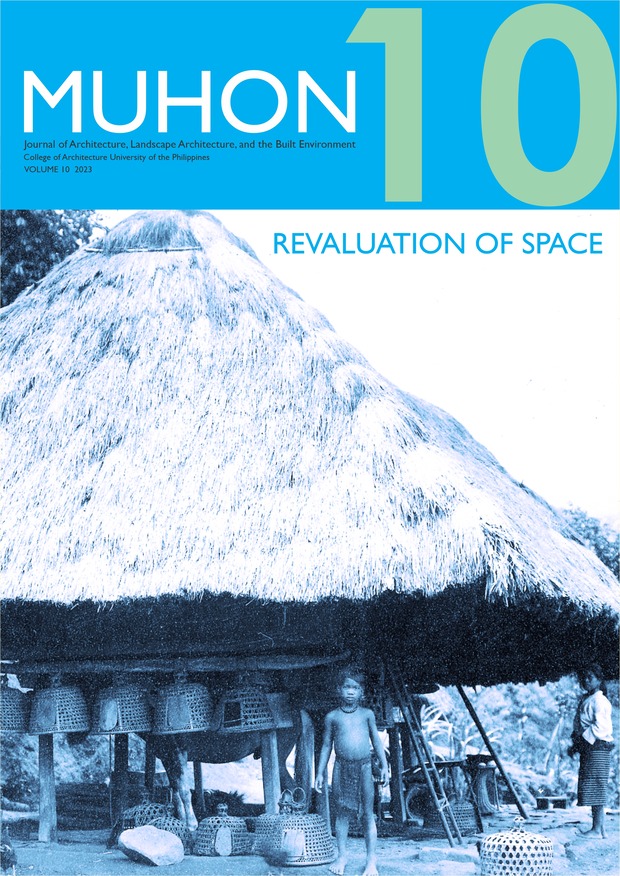Adaptive Reuse and the ARP Model
Background and Method Analysis
Abstract
The continuous urbanization and modernization of cities spurred by population growth and economic development results in numerous challenges such as socio-economic inequalities, movement and space congestion, exhaustion of resources and energy among others. As a solution to these challenges, many turn to adaptive reuse as a more efficient form of redevelopment and progress. This study focused on the utilization of the ARP Model by Craig Langston as a tool for site selection in adaptive reuse and dissecting the efficiency of its criteria in decision-making. The two case studies analyzed are the Tate Modern in London and the High Line in New York City. The analysis of these two conversion projects uncovered the limitations of the ARP Model and its variables in determining the potential of a heritage structure to be reused. Results show that the ARP Percentage and Scoring do not directly relate to any critical success factors or outcomes and that the potential and reusability of a structure are uncorrelated due to physical obsolescence being solely based on maintenance and neglecting damages brought by the weather. Therefore, several recommendations were made to enhance the accuracy and efficiency of the ARP model. First, the year of assessment affects obsolescence rating factors thus, an averaging method is suggested to be used to compensate for discrepancies. Second, since the physical life of a structure is assigned arbitrary values, the determinant values may need to be enhanced for structures that have longer physical lifespans. Third, an assessment is recommended to account for other obsolescence factors that have affected the life of a structure. Lastly, environmental obsolescence should be fully implemented to account for sustainable development and other environmental factors.
The copyright for the published work belongs to UPCA and its selected publisher. The contributor is free to publish a modified version of the same article in other publications.
The contributor guarantees that :
- the article does not infringe on the copyright or any proprietary right of any other person
- the article contains no libelous or other unlawful matter
- the article makes no improper invasion of the privacy of any other person.





